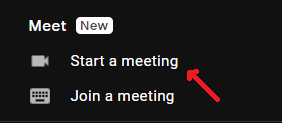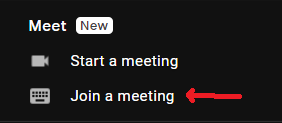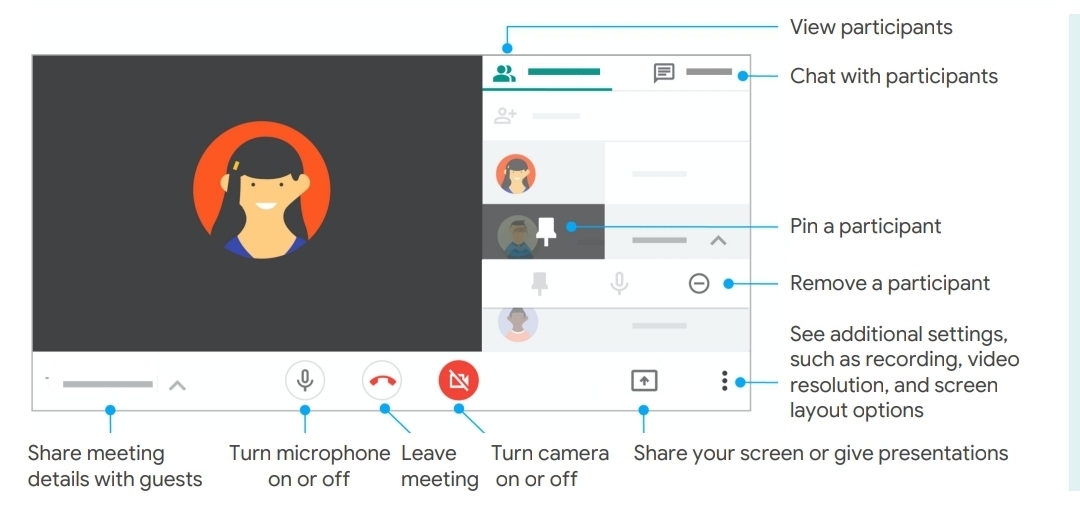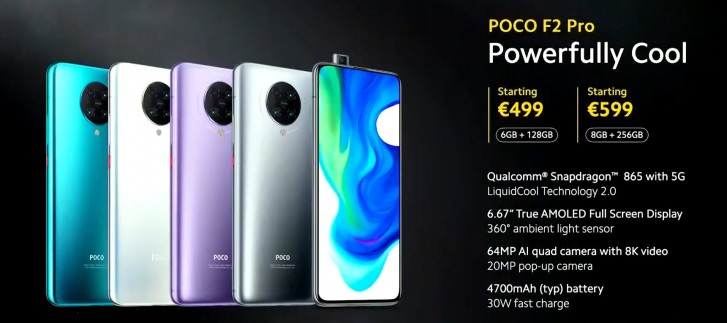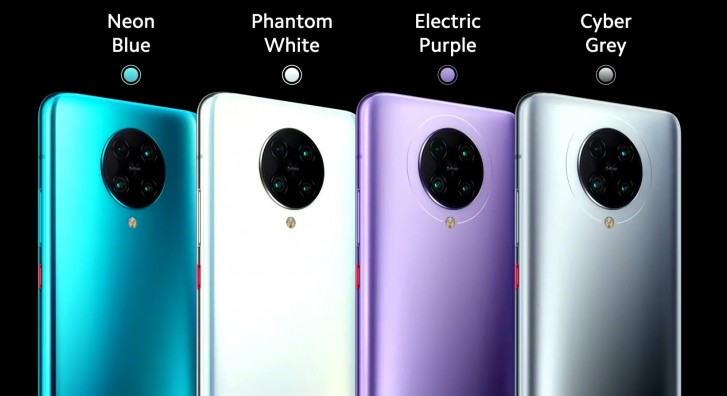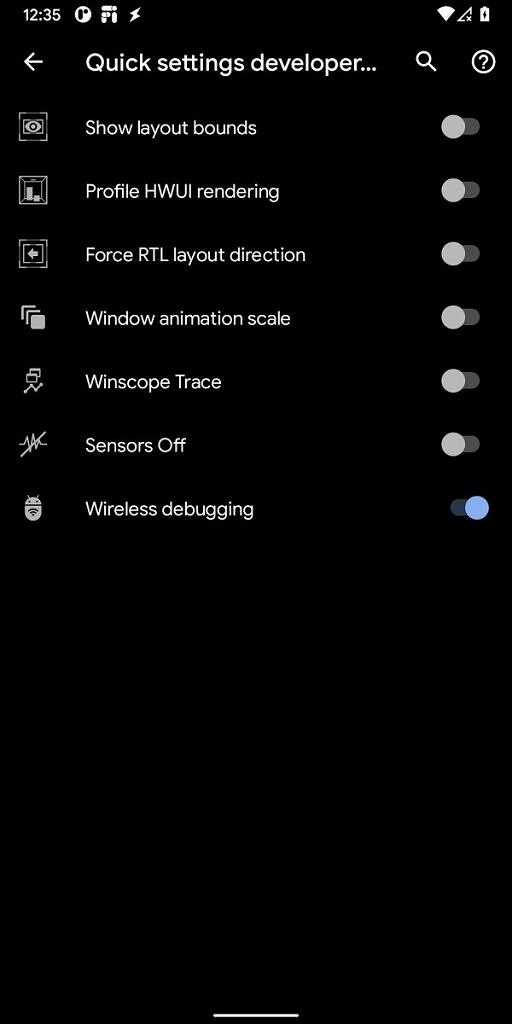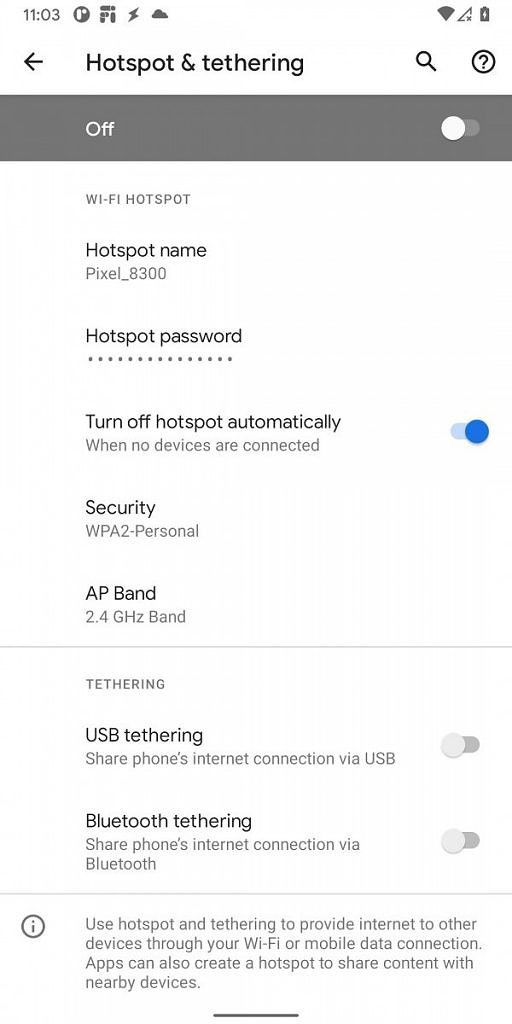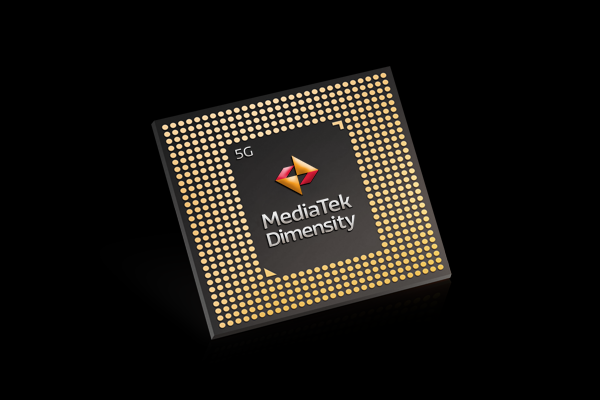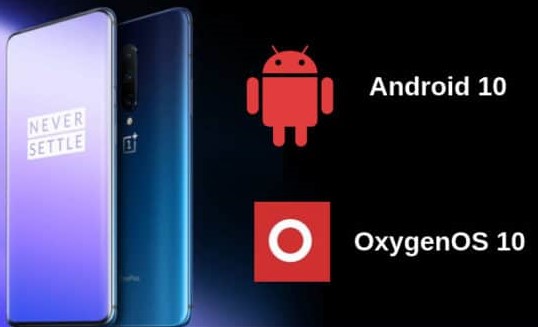The Verizon Moto e5 Play starts getting the May 2020 security patch update in the United States. The device got the last security update in the month of March. After that the device didn’t get the April security update, but jumped to the May 2020 security patch.

Also, Check out: Realme TV and Realme Buds Air Neo goes official in India.
Coming to the update, it brings fixes for all the prominent security loopholes and issues that were listed in the last two months on Google community forums. As the old reported bugs are fixed, It will also improve the overall security of the system and enhances stability.
The update is rolling out in staged manners, which means that a set of random users will start getting the update now. After the successful verification of the update, all the users will start receiving it. The May 2020 security patch comes with an ODPS27.91-121-16-14 firmware version.
To check the update manually, navigate to the Settings menu on your smartphone. We also suggest you to switch to a WiFi network to avoid carrier data costs.
Moto E5 Play Features
Just to recall, the Moto E5 Play launched back in April 2018 with Qualcomm Snapdragon 425 processor. The device features a 5.2-inch display with 720 x 1280 pixels resolution. It comes with 2 GB RAM coupled with 16GB internal storage. Coming to the camera, there’s an 8MP camera on the rear side. On the front, it comes with a 5 MP camera for selfies and video calling. The smartphone comes with a rear-mounted fingerprint scanner and packs a 2,800 mAh battery.
Verizon Moto E5 Play starts getting May 2020 Security Patch update






 10:23 AM
10:23 AM
 Simranpal SIngh
Simranpal SIngh





